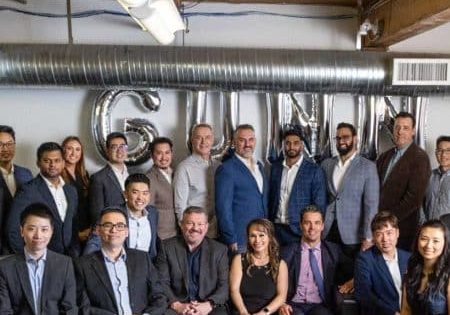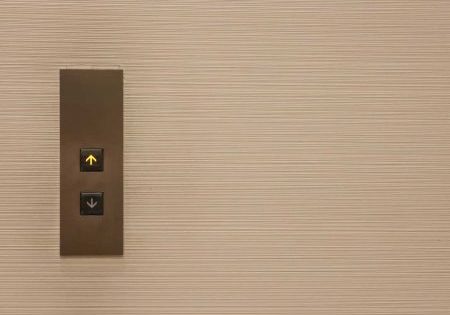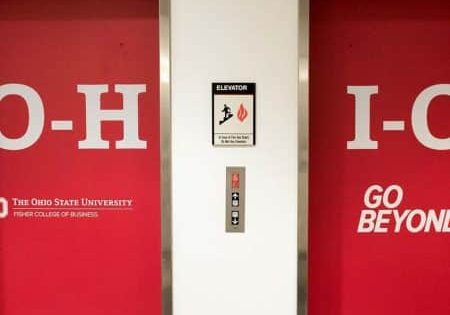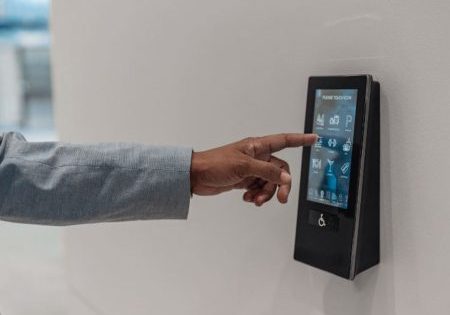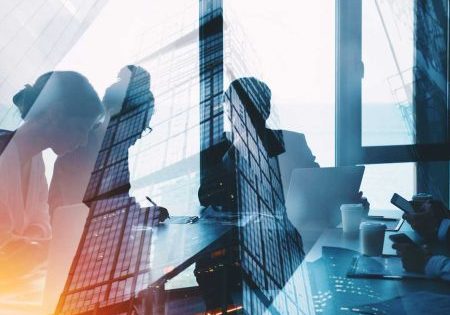D&I in the workplace goes beyond the color of one’s skin.
Years ago, while in my office working on performance reviews, I heard a loud commotion down the hallway. Two employees were screaming at each other. It was lunchtime, and I heard one of the employees yell, “Your food stinks!” and that he was not able to enjoy his lunch break. The other employee responded, “My food does not stink, and I am tired of you always picking on me.” The employees continued to go back and forth at each other, and eventually burst into my office. “I need you to tell him, he needs to take his food outside! He warms up fish in the microwave, and the breakroom smells so bad that I cannot enjoy my own lunch.” The other employee responded by saying, “I can warm up whatever I want in the microwave. If you do not like the smell, you can go outside to eat.” The two employees were in each other’s faces, and, as the situation was about to escalate into a full-on fistfight, I immediately separated them and asked both to sit on opposite sides of my office. So began my first experience with having to address cultural differences in the workplace.
In this case, the conflict had nothing to do with one of them not liking the other because of ethnic origin, creed, religious beliefs, gender, age or sexual orientation. The conflict started with fish being warmed up in the microwave. I addressed the situation by requesting the employee with the fish for lunch be more considerate about the food he chose to bring to lunch and how the aroma could affect his fellow co-workers’ lunch experience. For the employee who complained about the food smell, I encouraged him to consider eating outside if the smell was too bad for him. I reminded him that the employee breakroom was a common area for all employees to enjoy.
I also started hosting employee luncheons and encouraged employees to bring their favorite ethnic dishes to share with their co-workers. The luncheons had servings of lasagna, pizza, eggrolls, tacos, curry dishes and an assortment of delicious desserts. Everyone enjoyed tasting the various cuisines, but, more importantly, the luncheons provided a venue for employees with different backgrounds to spend time with each other — sharing, eating and appreciating one another’s company.
To successfully achieve diversity and inclusion (D&I) in the workplace, organizational leaders must do more than hire the right ratio of diverse employees. Leaders need to develop diversity strategies and take an active role in fostering a workplace culture that places a high level of importance on D&I. More than 55% of job seekers report it is extremely important to them to work for companies that place a high level of priority on D&I. According to a recent study cited on Indeed, companies in the top quartile for gender diversity on their executive teams are 15% more likely to generate above-average profitability compared to companies in the bottom quartile with executive teams that are predominantly white males.
To successfully achieve diversity and inclusion in the workplace, organizational leaders must do more than hire the right ratio of diverse employees.
Creating a diverse workplace is not a short-term initiative and requires commitment from the very top of the organization. A few strategies can be implemented right away, such as appointing a “diversity champion” within the company to organize company social events to foster collaboration and cohesiveness among different employee groups, or by advertising on the company website the company’s commitment to workplace diversity by encouraging diverse candidates to apply. The company can create opportunities for promotions by providing equal access to training and development programs.
Within the vertical-transportation industry, an opportunity exists to significantly increase the representation of females and diverse employees within the elevator mechanic ranks. A staggering statistic appeared in a white paper written by Åsa Christina Magnusson titled, “RISE: The Untapped Potential of Women in the Elevator Industry” (ELEVATOR WORLD, September 2022). The white paper reports that, according to public demographics, 2% of elevator mechanics in the U.S. are women. The average age of an employed elevator mechanic is 46, with the most common ethnicity being white (72.3%), followed by Hispanic or Latino (16.8%) and Asian (4.2%). Five percent of all elevator mechanics identify as LGBTQ.
I applaud Magnussen’s direct and transparent reporting about where our industry ranks when it comes to diversity. Clearly, there is room for improvement. D&I goes beyond hiring employees with the “right” color skin. The sooner we realize this, the stronger we will be, regardless of where we come from.
Get more of Elevator World. Sign up for our free e-newsletter.



